8 نصائح للتصوير الفوتوغرافي في حديقة الحيوان
8 Zoo Photography Tips
 I photographed this bird from 3 different angles. This perspective is the only one that hides the fact that the bird’s leg is tagged. X-T3 + XF50-140mmF2.8 R LM OIS WR @ 140mm, ISO 3200, 1/3500, f/2.8
I photographed this bird from 3 different angles. This perspective is the only one that hides the fact that the bird’s leg is tagged. X-T3 + XF50-140mmF2.8 R LM OIS WR @ 140mm, ISO 3200, 1/3500, f/2.8
Today we’re going to look at eight useful tips for photographing animals at the zoo. The first question we need to answer when it comes to zoo photography is probably “why would I want to photograph at the zoo?” Zoo photography tends to be fairly controversial among photographers. Some see it as a great opportunity to photograph animals they wouldn’t otherwise have the opportunity to see up close, while others consider it “cheating”. Many wildlife photography contests do ban zoo photographs, and passing off an image of an animal shot in captivity as an image taken in the wild is in fact cheating. But when it comes to personal work, zoos are a great opportunity to photograph animals you wouldn’t otherwise have access to.
I also suspect that the reason many photographers cringe at the idea of zoo photographs is that we’ve seen it done badly too many times. Capturing good zoo images is a different sort of challenge than photographing animals in the wild. Zoo animals are waiting and willing subjects, creating the image is about dealing with the surroundings and isolating the animals from their not-so-natural habitat.
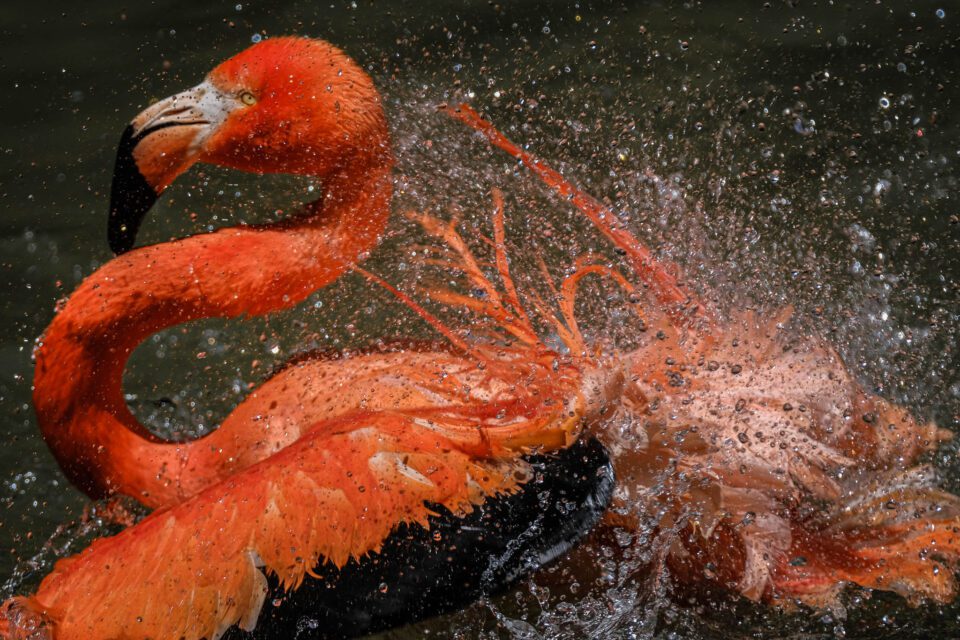 X-T3 + XF50-140mmF2.8 R LM OIS WR + 2x @ 280mm, ISO 200, 1/1500, f/5.6
X-T3 + XF50-140mmF2.8 R LM OIS WR + 2x @ 280mm, ISO 200, 1/1500, f/5.6
لقد قمت بتصوير هذا الطائر من 3 زوايا مختلفة. وهذا المنظور هو الوحيد الذي يخفي حقيقة أن ساق الطائر موسومة. X-T3 + XF50-140mmF2.8 R LM OIS WR @ 140 مم، ISO 3200، 1/3500، f/2.8
اليوم سنلقي نظرة على ثماني نصائح مفيدة لتصوير الحيوانات في حديقة الحيوان. السؤال الأول الذي نحتاج للإجابة عليه عندما يتعلق الأمر بالتصوير الفوتوغرافي لحديقة الحيوان هو على الأرجح "لماذا أرغب في التصوير في حديقة الحيوان؟" يميل التصوير الفوتوغرافي في حديقة الحيوان إلى أن يكون مثيرًا للجدل إلى حد ما بين المصورين. يرى البعض أنها فرصة عظيمة لتصوير الحيوانات التي لم يكن من الممكن أن تتاح لهم الفرصة لرؤيتها عن قرب، بينما يعتبرها آخرون "غشًا". تحظر العديد من مسابقات تصوير الحياة البرية التقاط صور لحديقة الحيوان، ويعد تمرير صورة لحيوان تم تصويره في الأسر على أنها صورة تم التقاطها في البرية بمثابة غش في الواقع. ولكن عندما يتعلق الأمر بالعمل الشخصي، تعد حدائق الحيوان فرصة رائعة لتصوير الحيوانات التي لم يكن من الممكن الوصول إليها بطريقة أخرى.
أظن أيضًا أن السبب وراء انزعاج العديد من المصورين من فكرة صور حديقة الحيوان هو أننا رأيناها بشكل سيء في كثير من الأحيان. يعد التقاط صور جيدة لحديقة الحيوان تحديًا مختلفًا عن تصوير الحيوانات في البرية. حيوانات حديقة الحيوان تنتظر وموضوعات راغبة، وإنشاء الصورة يدور حول التعامل مع المناطق المحيطة وعزل الحيوانات عن بيئتها غير الطبيعية.
X-T3 + XF50-140mmF2.8 R LM OIS WR + 2x @ 280 مم، ISO 200، 1/1500، f/5.6
8 Zoo Photography Tips
 I photographed this bird from 3 different angles. This perspective is the only one that hides the fact that the bird’s leg is tagged. X-T3 + XF50-140mmF2.8 R LM OIS WR @ 140mm, ISO 3200, 1/3500, f/2.8
I photographed this bird from 3 different angles. This perspective is the only one that hides the fact that the bird’s leg is tagged. X-T3 + XF50-140mmF2.8 R LM OIS WR @ 140mm, ISO 3200, 1/3500, f/2.8Today we’re going to look at eight useful tips for photographing animals at the zoo. The first question we need to answer when it comes to zoo photography is probably “why would I want to photograph at the zoo?” Zoo photography tends to be fairly controversial among photographers. Some see it as a great opportunity to photograph animals they wouldn’t otherwise have the opportunity to see up close, while others consider it “cheating”. Many wildlife photography contests do ban zoo photographs, and passing off an image of an animal shot in captivity as an image taken in the wild is in fact cheating. But when it comes to personal work, zoos are a great opportunity to photograph animals you wouldn’t otherwise have access to.
I also suspect that the reason many photographers cringe at the idea of zoo photographs is that we’ve seen it done badly too many times. Capturing good zoo images is a different sort of challenge than photographing animals in the wild. Zoo animals are waiting and willing subjects, creating the image is about dealing with the surroundings and isolating the animals from their not-so-natural habitat.
 X-T3 + XF50-140mmF2.8 R LM OIS WR + 2x @ 280mm, ISO 200, 1/1500, f/5.6
X-T3 + XF50-140mmF2.8 R LM OIS WR + 2x @ 280mm, ISO 200, 1/1500, f/5.6لقد قمت بتصوير هذا الطائر من 3 زوايا مختلفة. وهذا المنظور هو الوحيد الذي يخفي حقيقة أن ساق الطائر موسومة. X-T3 + XF50-140mmF2.8 R LM OIS WR @ 140 مم، ISO 3200، 1/3500، f/2.8
اليوم سنلقي نظرة على ثماني نصائح مفيدة لتصوير الحيوانات في حديقة الحيوان. السؤال الأول الذي نحتاج للإجابة عليه عندما يتعلق الأمر بالتصوير الفوتوغرافي لحديقة الحيوان هو على الأرجح "لماذا أرغب في التصوير في حديقة الحيوان؟" يميل التصوير الفوتوغرافي في حديقة الحيوان إلى أن يكون مثيرًا للجدل إلى حد ما بين المصورين. يرى البعض أنها فرصة عظيمة لتصوير الحيوانات التي لم يكن من الممكن أن تتاح لهم الفرصة لرؤيتها عن قرب، بينما يعتبرها آخرون "غشًا". تحظر العديد من مسابقات تصوير الحياة البرية التقاط صور لحديقة الحيوان، ويعد تمرير صورة لحيوان تم تصويره في الأسر على أنها صورة تم التقاطها في البرية بمثابة غش في الواقع. ولكن عندما يتعلق الأمر بالعمل الشخصي، تعد حدائق الحيوان فرصة رائعة لتصوير الحيوانات التي لم يكن من الممكن الوصول إليها بطريقة أخرى.
أظن أيضًا أن السبب وراء انزعاج العديد من المصورين من فكرة صور حديقة الحيوان هو أننا رأيناها بشكل سيء في كثير من الأحيان. يعد التقاط صور جيدة لحديقة الحيوان تحديًا مختلفًا عن تصوير الحيوانات في البرية. حيوانات حديقة الحيوان تنتظر وموضوعات راغبة، وإنشاء الصورة يدور حول التعامل مع المناطق المحيطة وعزل الحيوانات عن بيئتها غير الطبيعية.
X-T3 + XF50-140mmF2.8 R LM OIS WR + 2x @ 280 مم، ISO 200، 1/1500، f/5.6

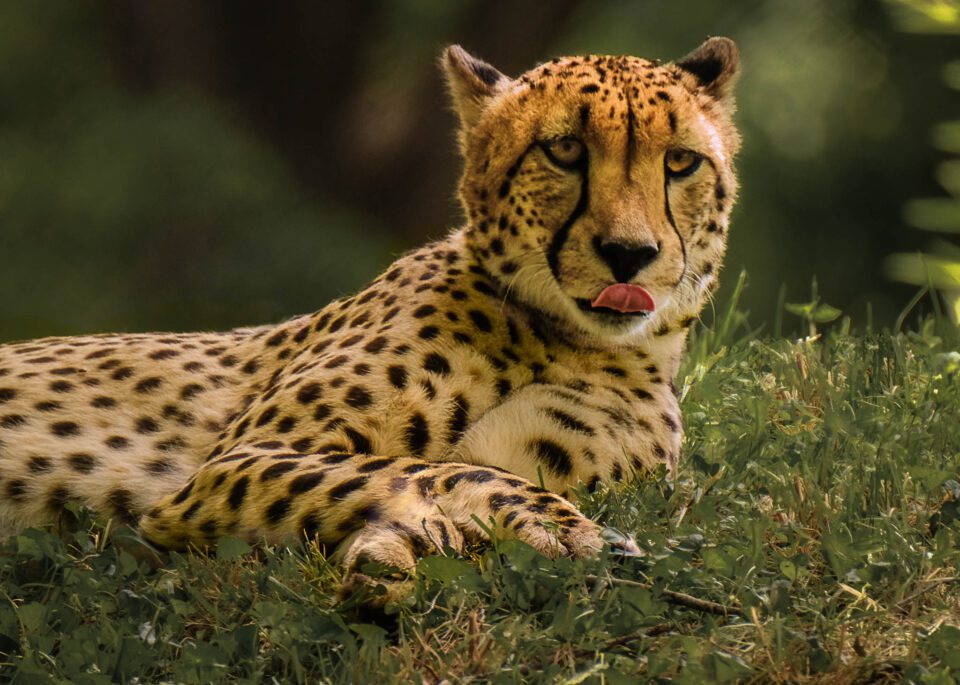
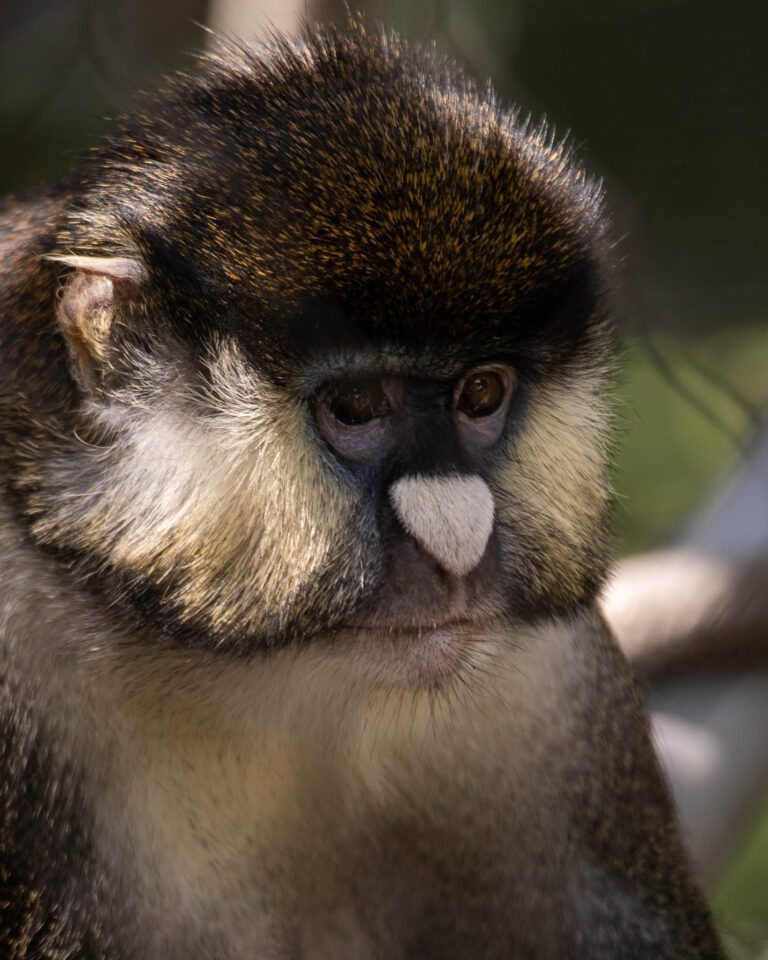
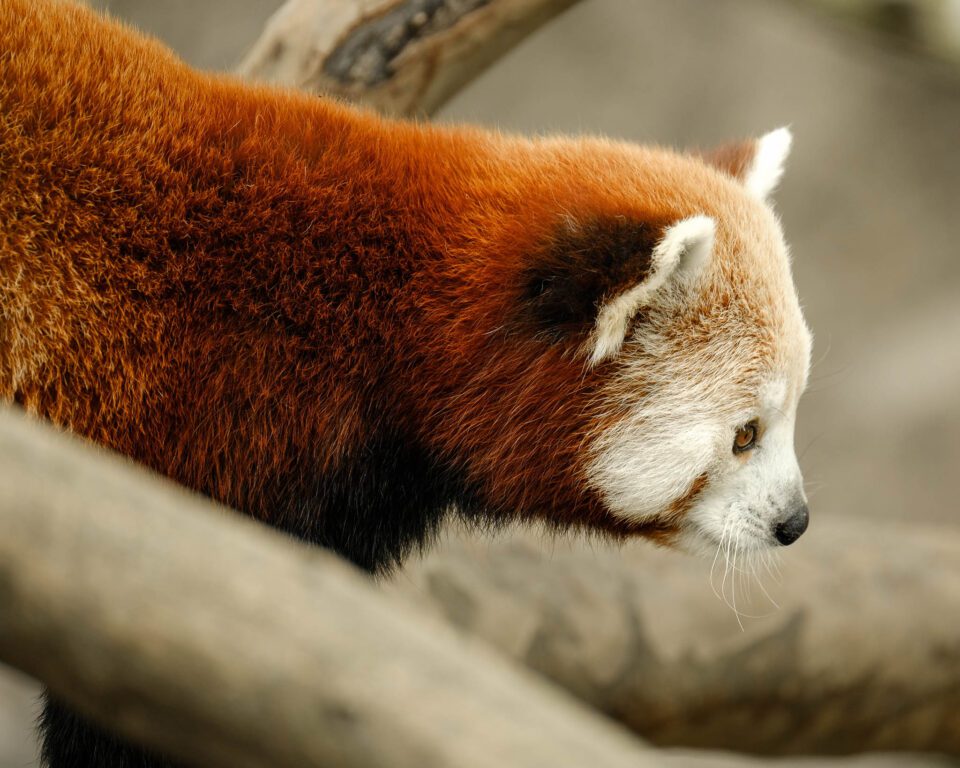
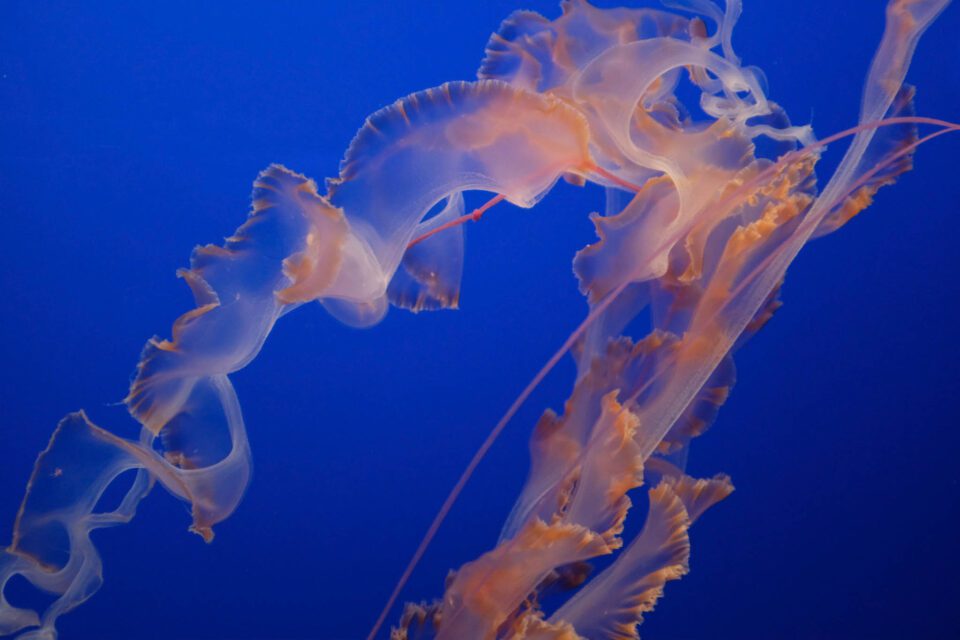
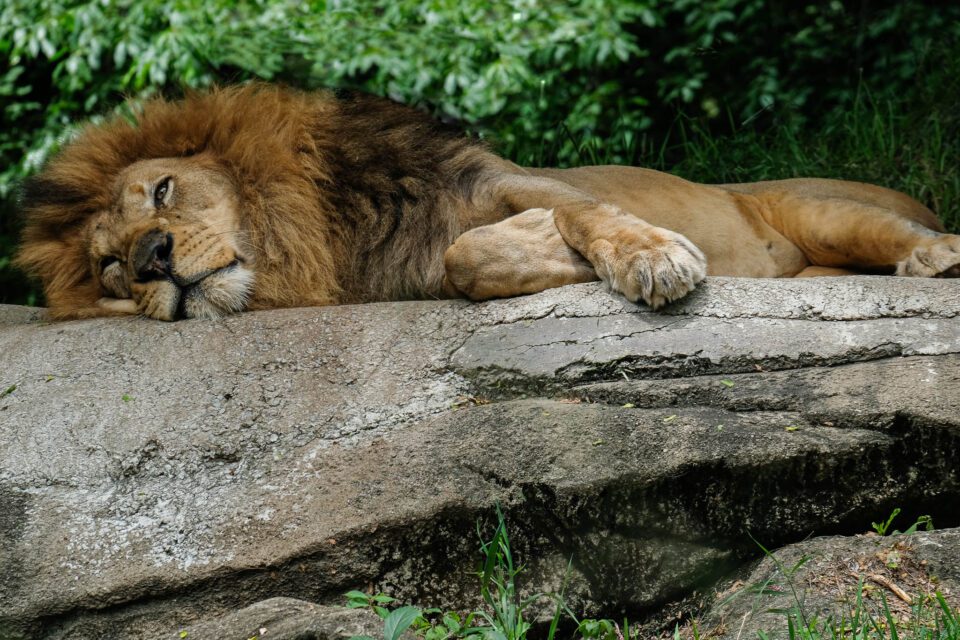

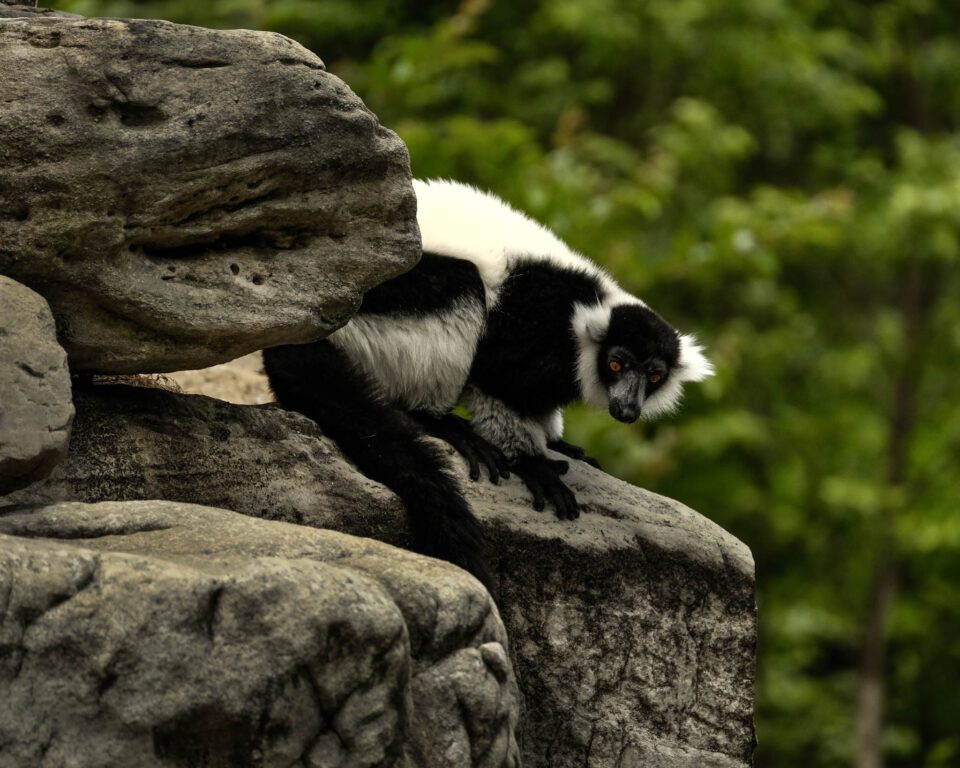
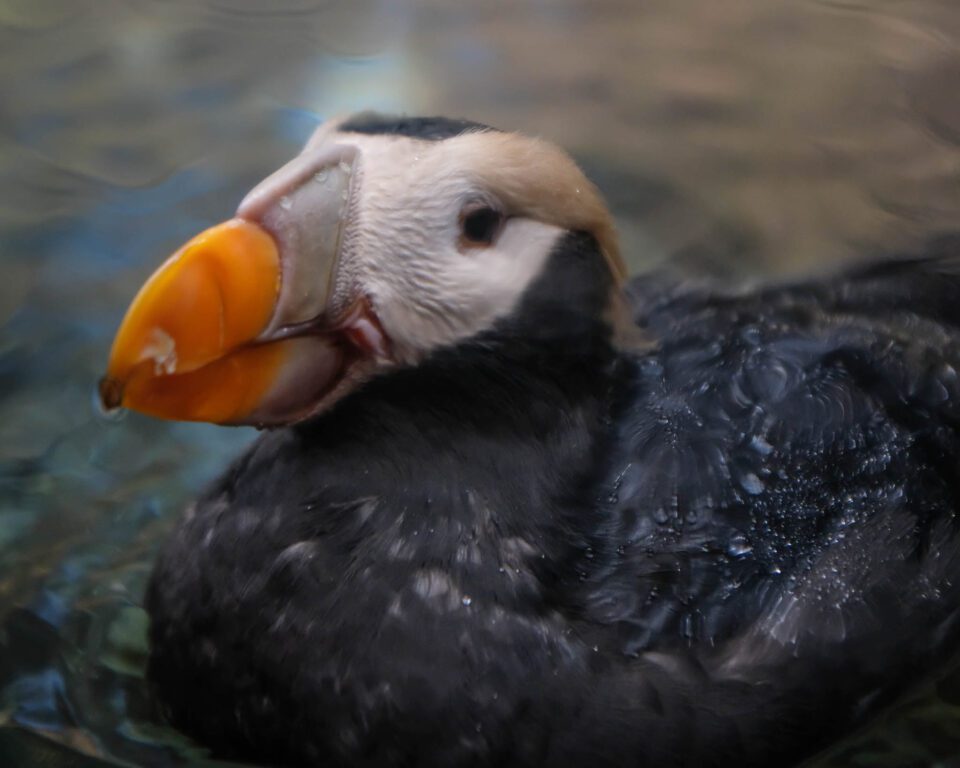
تعليق